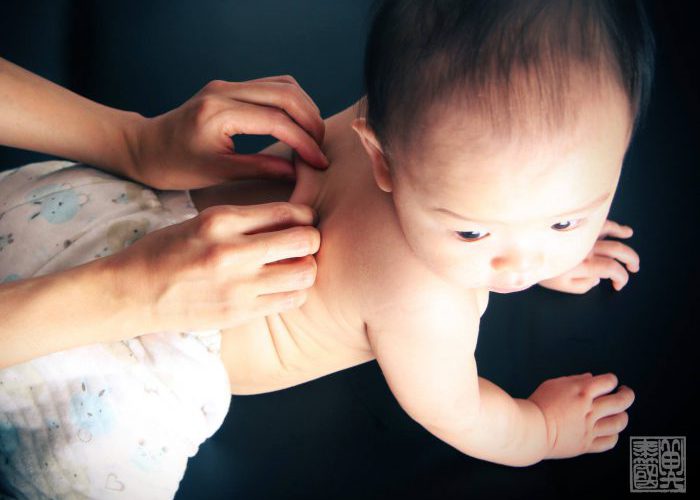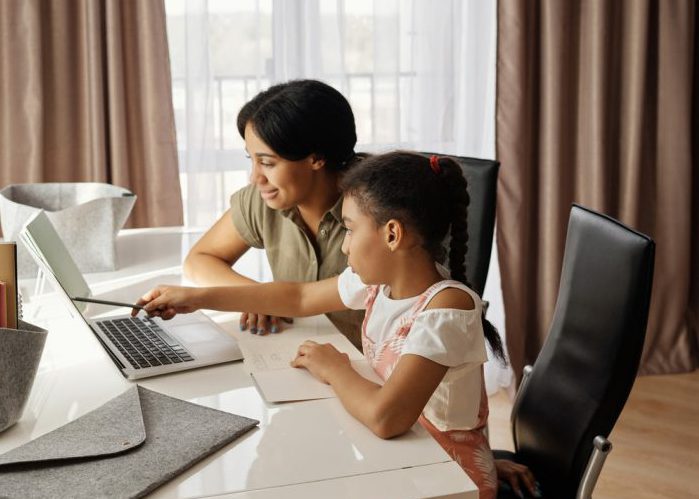Pediatric Acupuncture is a specialized approach to acupuncture. It involves the insertion of hair-fine needles under the skin, or other similar methods, for children between 1 month to 18 years old. The main goal of acupuncture is to regulate, balance, and strengthen the body. We offer two types of acupuncture. Both styles promote a child's body to heal naturally and improve function
- Shoni-shin: This is a painless Japanese style of acupuncture without needles. Trained practitioners use small metal shoni-shin tools to gently scratch, tap, or brush on the child's skin over acupuncture pathways. This treatment gently relaxes and stimulates the child's body back into balance. Shoni-shin was developed in Japan and is still a main method for pediatric healthcare there.
- Acupoint Stimulation: This type can include the following:
- Acupressure: Touching or massaging specific acupoints on the child's skin.
- Acupuncture: Inserting very thin (as thin as a hair) sterile, single-use needles into the skin at specific acupoints on the body. Sometimes, small bandages with tiny stimulating points or magnets are used. These are called press-tacks.


